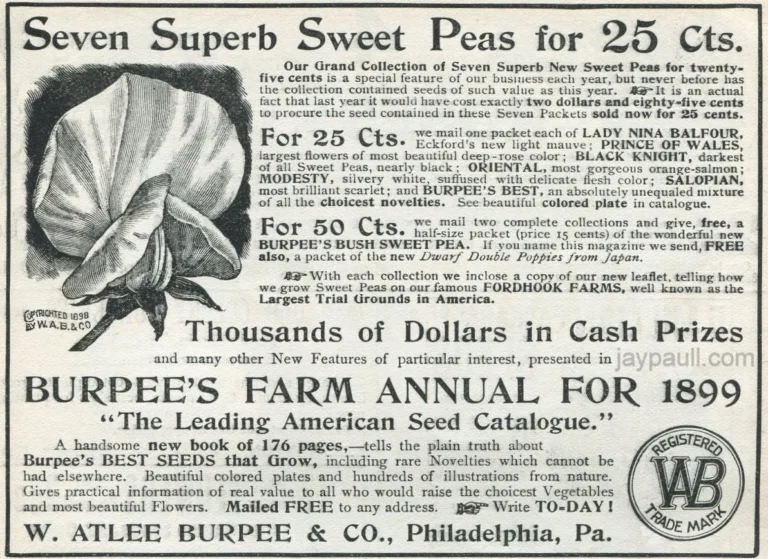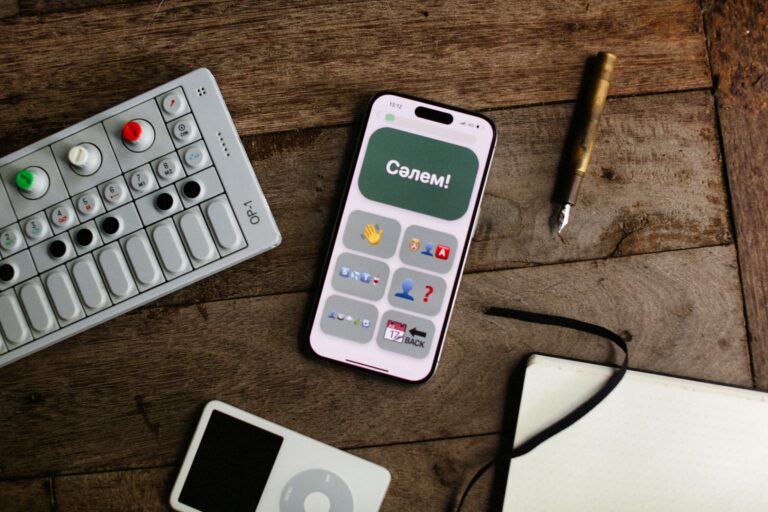
Applying Brand Differentiation Without a Big Budget
You don’t need to be Nike or Netflix to stand out. Small brands, startups, and even solo creators can benefit massively from owning what makes them different.
1. Embrace Your Founder’s Story
People connect with people. U.S. DTC brands like Allbirds and Warby Parker won over consumers by being transparent about their origin stories. If your brand has a human element, share it.
2. Double Down on Tone
Don’t default to generic marketing-speak. Mailchimp, for example, uses playful, warm copy that makes email marketing feel human. You can too—just define your voice and stick with it.
3. Niche Down to Blow Up
Instead of trying to be everything to everyone, be exactly what someone needs. A great resource to identify niches is Exploding Topics, which shows rising trends you can build around.
When Being “Weird” Pays Off
Being different can feel risky. It invites criticism. But it also invites connection.
Take Glossier, a beauty brand that ignored the flashy, airbrushed look of legacy brands and embraced real skin, minimal makeup, and listening to their community. They grew from a blog into a billion-dollar brand by doing the opposite of everyone else.
Or consider RXBAR, which broke onto the protein bar scene by slapping ingredient transparency right on the front of their packaging. “No B.S.” wasn’t just a line—it was their identity.
These are not accidents. They’re strategic acts of differentiation.
Final Thoughts: Make Your Brand Impossible to Ignore
Seth Godin’s quote is a reminder that marketing is not about better sameness—it’s about brave differentness. In a world of templated content and safe choices, standing out isn’t just smart. It’s essential.
So take that risk. Break the mold. Be the brand people talk about at dinner, not the one they scroll past on their phones.
You’re not here to blend in. You’re here to break through.


